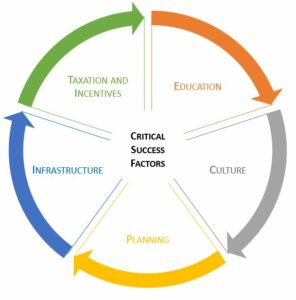Critical success factors for pedestrian mobility
The critical success factors are fundamental key points to ensure the success of the Nacional Walking Strategy. Intersectoral coordination of public policies related to pedestrian mobility and other modes of transportation is essential.

Education and promotion of new behaviors and understanding of the benefits of active and healthy mobility
The daily commutes of children and young people to school and extracurricular activities predominantly occur in family vehicles, with walking not being recognized as a viable alternative for their daily lives. In this context, only an active school can provide the knowledge that walking is both possible and desirable.
The key to the desired behavioral change lies within the educational system. The teaching staff should acquire new skills and engage in educational projects that promote alternative forms of mobility, particularly walking.
Culture and the urgency need to change behaviors
Cultural changes are challenging but also foundational and effective. Local municipalities play a key role in promoting pedestrian mobility. They manage infrastructure and are close to the population, which often favors cars as the primary mode of transportation.
Planning and the relationship between mobility and land use
Integrating mobility considerations into territorial planning instruments, as outlined in the Legal Framework for Territorial Management Instruments, often fails to reflect their importance. The interplay between mobility and land use is essential. Consider the following six essential Ds:
- Density;
- Diversity;
- Design;
- Destination;
- Distance;
- Demography.
Public space is a key element for making walking a safe, comfortable, attractive and universal activity.
Infrastructure and safety
Safe walking mobility requires continuous, direct and scure infrastructure. Planning pedestrian networks necessitates a holistic, integrated view of the transport system and the interactions with pedestrian movement, land use and urban surroundings.
Key criteria for defining a pedestrian network include:
- Connectivity and suitability;
- Universal accessibility;
- Road safety;
- Personal safety;
- Legibility;
- Comfort;
- Attractiveness and sociability.
Eliminating architectural barriers in public spaces and creating inclusive pedestrian infrastructure are essencial. Comfort and safety influenced by material selection and pavement condition, significantly impact pedestrian choices.
High vehicle speeds discourage walking. Traffic calming techniques and the physical transformations of infrastructure and surroundings contribute to speed moderation.
Taxation and incentives for pedestrian mobility
Some countries experiment with stimulating active mobility through taxation, incentives, and rewards for citizens and businesses.
Redirecting tax revenues from vehicle-related taxes toward active mobility promotion encourages individual and collective behavior changes, including:
- Increased physical activity;
- Reduced sedentary behavior;
- Public health promotion;
- Economic decarbonization;
- Reduced ecological footprint.



